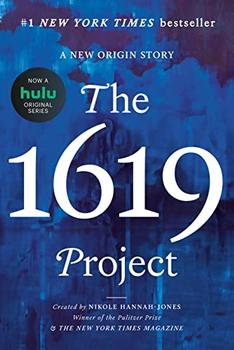Summary | Excerpt | Reviews | Read-Alikes | Genres & Themes | Author Bio

Alan Greenspan's Fed and the American Economic Boom
by Bob WoodwardWoodward's account of the Greenspan years is a remarkable portrait of a man who has become the symbol of American economic preeminence.
In eight Tuesdays each year, Federal Reserve chairman Alan Greenspan convenes a small committee to set the short-term interest rate that can move through the American and world economies like an electric jolt. As much as any, the committee's actions determine the economic well-being of every American. The availability of money for business or consumer loans, mortgages, job creation and overall national economic growth flows from those decisions. Perhaps the last Washington secret is how the Federal Reserve and its enigmatic chairman, Alan Greenspan, operate. In Maestro, Bob Woodward takes you inside the Fed and Greenspan's thinking. We listen to the Fed's internal debates as the American economy is pushed into a historic 10-year expansion while the world economy lurches from financial crisis to financial crisis. Greenspan plays a sometimes subtle, sometimes blunt behind-the-scenes role. He appears in Maestro up close as never before -- alternately nervous and calm, plunging into mathematics one moment and politics the next, skeptical, dispassionate, always struggling -- often alone.
Maestro traces a fascinating intellectual journey as Greenspan, an old-school anti-inflation hawk of the traditional economy, is among the first to realize the potential in the modern, high-productivity new economy -- the foundation of the current American boom. Woodward's account of the Greenspan years is a remarkable portrait of a man who has become the symbol of American economic preeminence.
The Maneuver1
(Oct. 27, '00)
Get some Democrats on the Fed, President Clinton instructed his economic advisers in early 1994. The entire Federal Reserve Board of Governors was made up of Reagan and Bush appointees, but now Clinton had a chance to name two governors to the seven-member board, his first Fed appointments. With interest rates rising, he wanted Treasury and the White House staff to move fast. The instructions weren't quite "Sink Greenspan," but the president wanted some counterweight to the Fed's Republican chairman, Alan Greenspan.
The search began for two academic economists who were Democrats and who would be at least sympathetic to Clinton's overall economic policies.
Robert Rubin, the director of the National Economic Council, sought out Alan Blinder, the deputy on the president's Council of Economic Advisers, one of his allies in the White House.
How about being the Fed vice chairman? Rubin asked.
Blinder, 48, was a tall, thin, ...

If you liked Maestro, try these:

by Madeleine Albright
Published 2005
Albright's memoir combines warm humor with profound insights which are weaved together to form a fascinating tapestry, both intimate and panoramic, of the life of the highest ranking woman in American history.

by Hillary Rodham Clinton
Published 2004
A surprisingly engaging and, at points, even compelling book...Clinton provides enough of a peek behind the curtain to keep the pages turning and presents intriguing new details on her role in shaping the policies of her husband's presidency.





